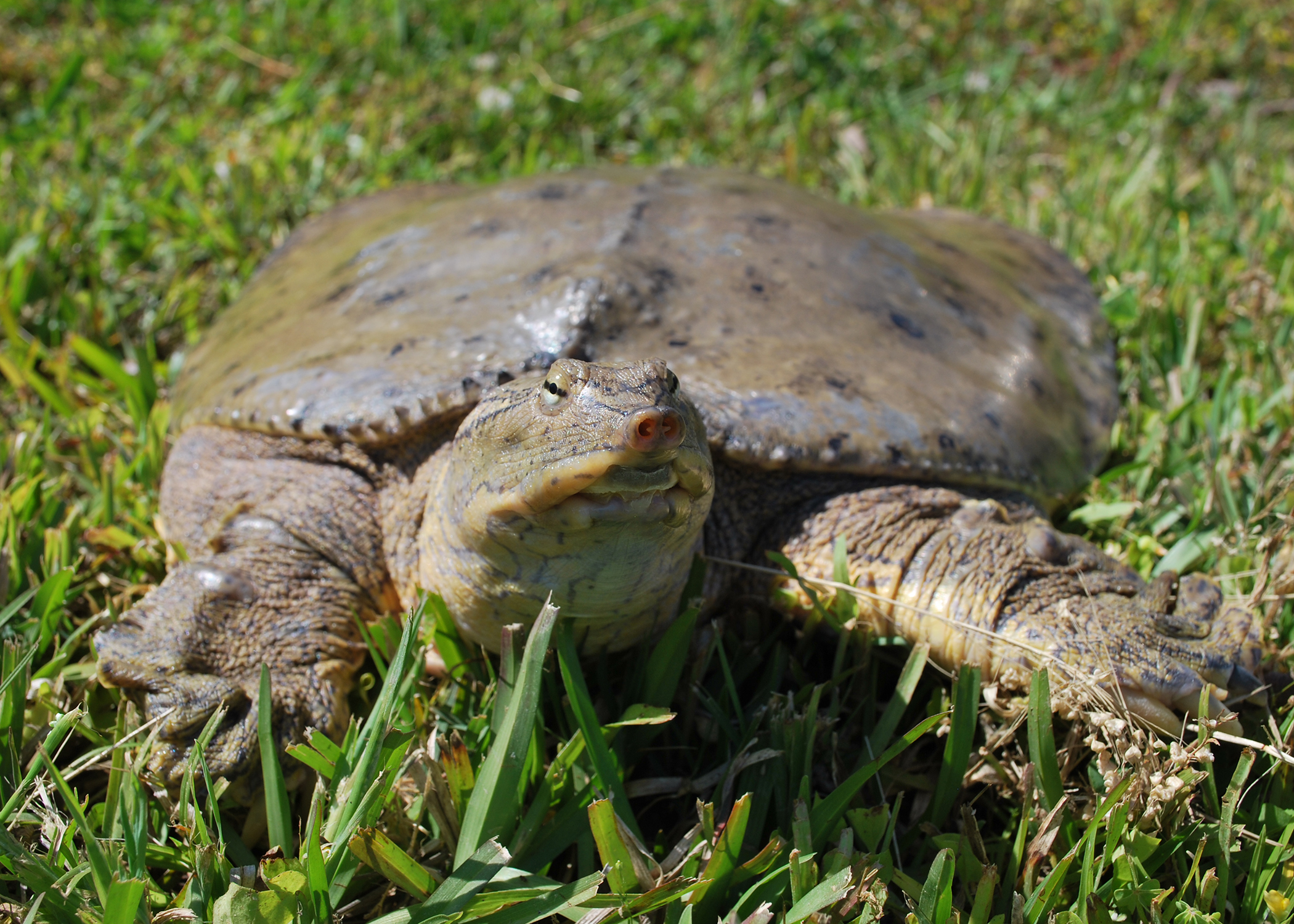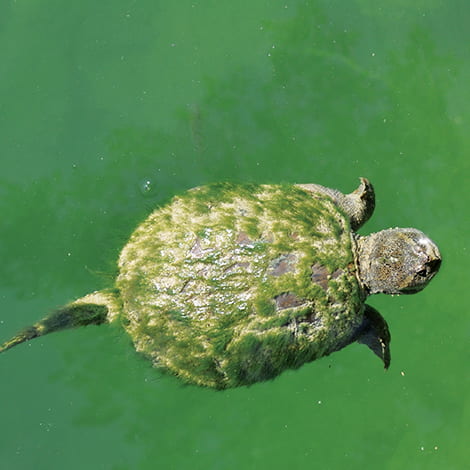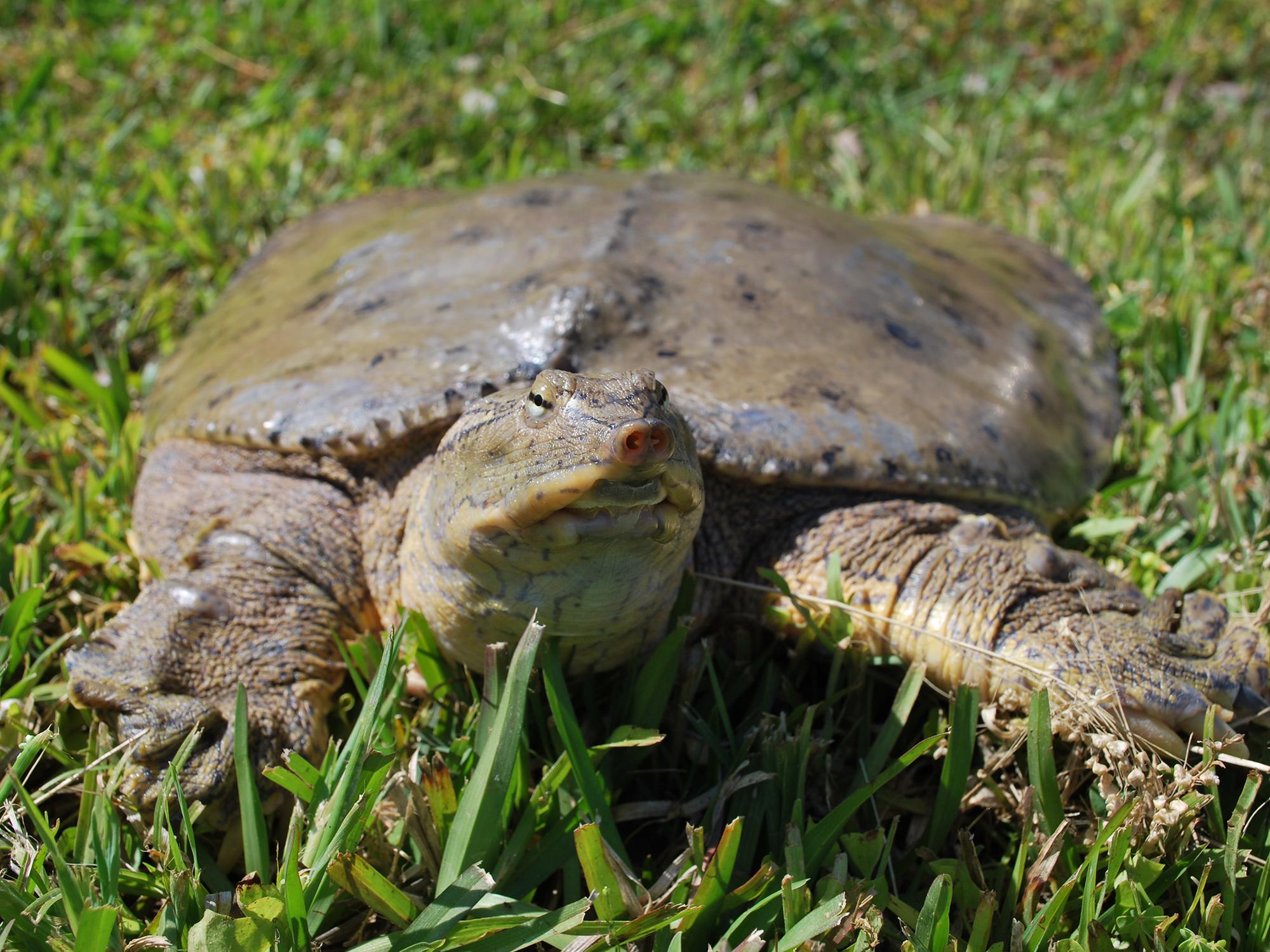Snapping turtles can be both good and bad for your pond, depending on various factors such as size, population density, and the presence of other wildlife. Their presence can help control certain populations of fish and other aquatic organisms, but they may also disturb the habitat and potentially harm other pond inhabitants, especially smaller and more vulnerable species.
Additionally, snapping turtles can be aggressive and dangerous to humans and pets. Therefore, it is essential to carefully assess the overall impact of snapping turtles in your specific pond situation before determining if they are ultimately beneficial or detrimental.

Credit: extension.msstate.edu
Benefits Of Snapping Turtles In Ponds
One of the benefits of having snapping turtles in your pond is that they contribute to the natural biodiversity of the ecosystem. Snapping turtles are known to be excellent scavengers, feeding on dead fish and other carrion that may be present in the pond. This helps to keep the pond clean and free from rotting organic matter.
In addition to their role in maintaining the cleanliness of the pond, snapping turtles also play a part in pond management and health. They help to control the population of certain animals, such as frogs and small fish, which can become overabundant and disrupt the balance within the pond ecosystem.
Another benefit of snapping turtles is their ability to control algae and plant growth. Snapping turtles consume aquatic plants, including algae, which can help to keep the pond’s vegetation in check. This is particularly beneficial in ponds that may be prone to excessive plant growth.

Credit: www.thepondguy.com
Negative Impacts Of Snapping Turtles In Ponds
Snapping turtles can have several negative impacts on ponds, particularly in relation to fish populations. These turtles are known for their aggressive behavior, which can directly affect the fish in a pond. Snapping turtles have strong jaws and sharp beaks that allow them to prey on smaller fish species, potentially leading to a decline in the overall fish population.
In addition to their threat to fish, snapping turtles also exhibit aggressive behavior towards other pond inhabitants and can even injure larger fish, birds, or mammals. This can disrupt the delicate balance of the ecosystem and potentially cause harm to other species.
Furthermore, snapping turtles nest near ponds and lay large clutches of eggs. Their presence can lead to increased predation on other pond species, including fish eggs and hatchlings. This can further contribute to a decline in the fish population and hinder the natural regeneration of fish stocks.

Credit: extension.msstate.edu
Conclusion
Considering the presence of snapping turtles in your pond requires careful evaluation. While they may aid in maintaining the ecological balance by controlling some species, their potential harm to fish populations and pond ecosystem should not be ignored. It is important to strike a balance by implementing suitable strategies to manage their numbers and protect other aquatic life.
This will ensure a healthy and thriving pond environment for all its inhabitants.





Leave a Reply